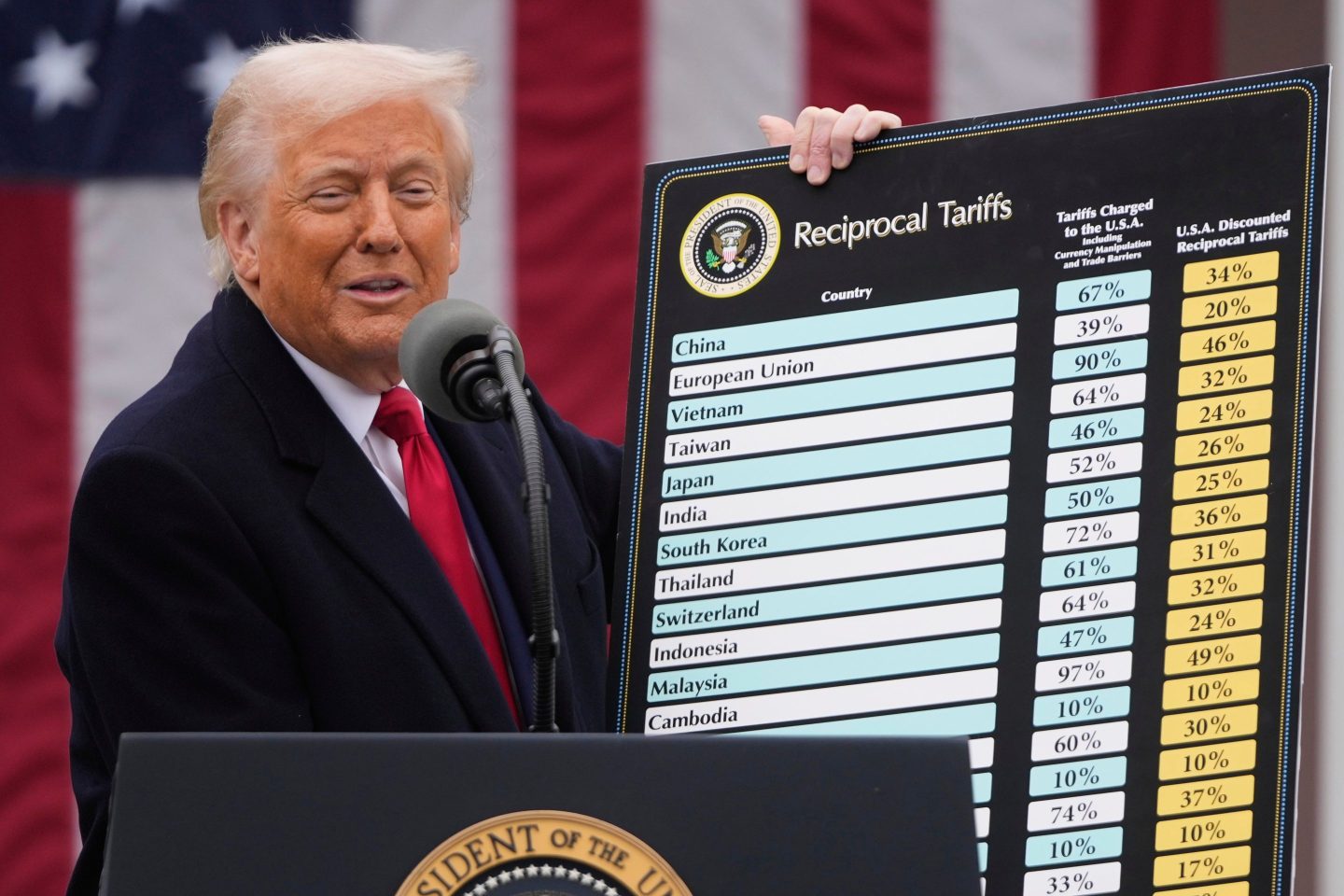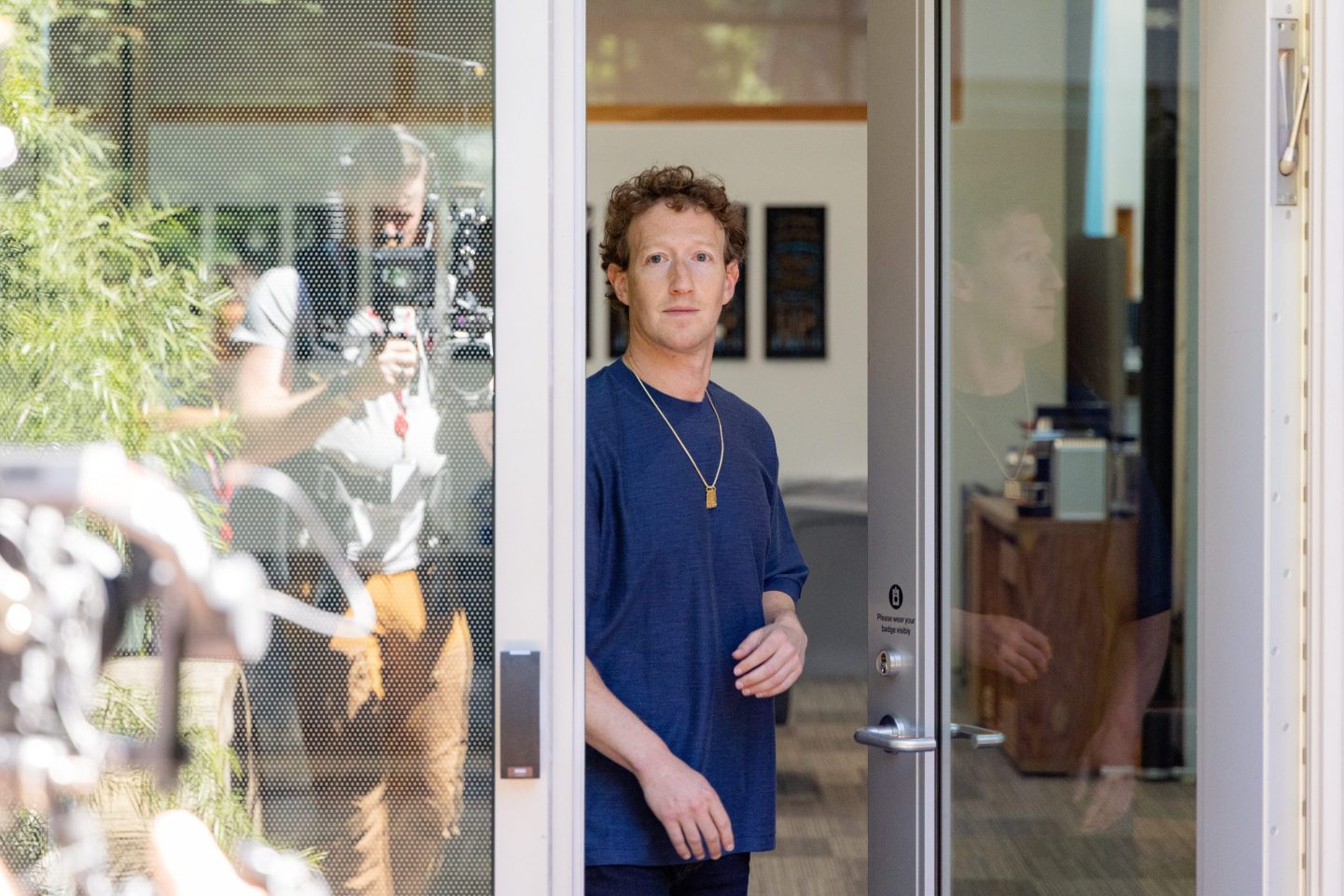Adapted from The Winner’s Curse: Behavioral Economics Anomalies, Then and Now by Richard H. Thaler and Alex O. Imas. Copyright 2025 © by Richard H. Thaler and Alex O. Imas. Reprinted by permission of Simon & Schuster, an Imprint of Simon & Schuster, LLC
It you are anything like us, you find anomalies interesting. Anomalies are things that deviate from what is normal and expected. In 1928, the Scottish Scientist Alexander Fleming came back from vacation and found that a bunch of mold had contaminated his carefully curated petri dishes of Staphylococcus bacteria. But there was something strange: around the mold, the bacteria had died off. This anomaly led to the discovery of penicillin, the world’s first commercial antibiotic.
Anomalies generally play a crucial role in science. When the observed paths of planets became increasingly difficult to explain with a model that placed the earth at the center of the universe, eventually a new model was adopted with the sun at the center. Economics anomalies have the potential to play a similar role in improving the validity of economic theories.
Economics anomalies have been a focus of attention (ok, maybe an obsession) for the geriatric member of this team since he was in graduate school. Similar to finding that planets do not orbit the earth, the search for economics anomalies requires searching for empirical facts that cannot (easily) be explained using the standard economic model where everyone chooses by optimizing and makes no systematic mistakes.
But care is needed. If one of us prefers the coffee at Joe’s and the other likes the brew at Bob’s, that is fine. Tastes can differ. But if someone says that he prefers the coffee at Joe’s but will pay more to get a cup at Bob’s, that is an anomaly. In economics, how much you like something is defined as how much you are willing to pay for it. Yet decades ago, psychologists ran experiments in which participants routinely made choices that were the equivalent of saying they liked A better than B but would pay more for B.
Starting in the 1980s, Richard pursued his obsession by publishing evidence of such behavior in a series of articles under the heading: Anomalies. The goal was to annoy some stubborn traditional economists and, more productively, attract the attention of open-minded young economists like his now co-author Alex. (This was a long-term project in the case of Alex, who was then still in preschool.)
Together, we have now published a new book that re-examines the importance and robustness of the economics anomalies that serve as the building blocks of the field called behavioral economics. We ask how the original findings have held up, and how the field has developed over the past three decades.
From lab to high stakes
One important step was to see whether anomalous behavior that had been documented in a lab experiment at low stakes would also be found with experts making professional decisions at high stakes. One of the early phenomena that met this test was called the Winner’s Curse. The curse, which has nothing to do with the occult, refers to the fact that in certain kinds of auctions, the winner ends up paying too much for the object for sale.
This is easy to demonstrate in a classroom. Fill a jar with coins and invite the students to participate in an auction in which the high bidder gets the amount of money in the jar (in bills or Venmo, no coins). What happens? The average bid in the auction is well below the value of the jar (the students are risk- averse) but the winner of the auction almost always overpays.
Do experts make the same mistake at high stakes? Yes. In fact, this anomaly was actually first discovered by engineers who worked at the oil company Atlantic Richfield.
In the 1950s and ‘60s, oil companies were invited to bid for the right to drill for oil at a specific location, such as in the region we will continue to refer to as the Gulf of Mexico. The engineers noticed that when they won one of these auctions, they would usually be disappointed at how much oil they would find. What was going on? The key insight they had was that the auctions they won were not a random sample of the bids they submitted. By definition, they only won the auctions in which they submitted the highest bid, meaning, the sites where their geologists were particularly optimistic about the amount of oil to be found. They coined the term “the winner’s curse” to describe the phenomenon.
That large firms armed with experts would fall into the trap of bidding in auctions in which the winner is cursed to lose was major heresy to economists. Theorists could prove that this will not happen if bidders are rational. And yet it happened, not only in bidding for oil leases but also when publishers are bidding for a hot new “tell all” book by a former White House advisor, or professional sports teams bidding for the rights to employ a star player. Recent research finds a similar curse afflicts National Football League teams that compete to acquire one of the top picks in its annual draft of new players. Teams that “trade up” to get the first pick are, more often than not, disappointed.
The Efficient Markets Hypothesis
Of course, drilling for oil and professional sports leagues are high stakes domains, but skeptics might well ask what if there is “real money” at stake? Not just millions of dollars, but billions or trillions such as in the stock market. Can you find anomalies on Wall Street? Again, economists will be fussy about what can be called an anomaly. During the technology boom of the late 1990s, the stock prices of tech firms soared to what seemed to be crazy prices, and then crashed. Case closed? Hardly.
The conventional wisdom among financial economists was captured by the term coined by our colleague Eugene Fama: The Efficient Market Hypothesis. The idea has two components. 1. No matter how smart you are, it is impossible to beat the market over any extended period. 2. Stock prices reflect the correct or “intrinsic” value of companies. The first principle is at least approximately true. For example, a majority of mutual funds fail to outperform a simple index fund that buys every stock in proportion to its size. It may be possible to beat the market, but it is hard.
But what about that second component? Are asset prices “correct”? How would we ever know? You might think that Bitcoin is obviously priced too high, and we might agree, but we would have to admit that we thought the same thing when it was selling for a tenth of its current value just eight years ago. The current high price does not prove that the previous lower price was correct.
The Law of One Price
However, there are some special cases when we can say for sure that an asset price is “wrong.” The most fundamental principle in financial economics, really the building block of all theoretical treatments is called “the law of one price”, or just The Law. Basically, is says that the same asset cannot sell for different prices at the same time. No matter where you want to buy a share of Tesla, a gold bar or a single Bitcoin, at any one time the prices have to be the same. Why? If the prices differed, smart traders would start buying where the asset was selling for a low price, and selling it at the high price. In so doing, they will either get infinitely rich, or, more likely, drive the prices back to equality, as the law of one price dictates. Because asset price markets are so liquid and efficient, any violations of the law of one price should be eliminated almost instantaneously. In fact, there are large asset pricing firms that make billions each year by being the fastest traders to exploit even tiny departures.
Finding significant violations of the law of one price are what we call “smoking gun” anomalies. They do not allow even a reasonable doubt that some crime against efficient markets hasn’t been committed. Surely there can’t be many of those, are there? Indeed, there is a long tradition of them.
An early example was uncovered by the young Benjaman Graham, who went on co-author a classic book on investing, and was the early mentor to Warren Buffett. In 1923, Graham noticed that although DuPont owned a substantial number of shares of General Motors (GM) the total value of DuPont’s shares was about the same as the value of its stake in GM. This was in spite of DuPont being on of America’s leading industrial firms with other highly valuable assets. Young Graham bought shares in DuPont, sold shares in GM short (betting they would fall) and profited when DuPont subsequently rose.
The Palm example
A similar story arose during the technology boom of the late 1990s. In 1999, a Silicon Valley technology company called 3Com felt that the stock market was not giving their shares proper respect, despite 3Com owning the Palm division, maker of the then hot, new handheld computer called Palm Pilot (an iPhone predecessor). So, 3Com decided to spin off its Palm division, presumably to “unleash” its true value. Notice that this action in and of itself is suspicious from a Law-abiding perspective: If the same cash flows always have the same price, why should bundling or unbundling securities change value?
To initiate this divorce, 3Com adopted a two-step process. The first step was an “equity carve-out,” in which 3Com sold a small portion of the value of Palm in an initial public offering (IPO). The second step, the “spin-off,” would take place about six months later. At this point, the remaining shares would be distributed to 3Com shareholders. When the spin-off took place, each 3Com shareholder would receive 1.5 shares of Palm. In this case, the Law requires that investors obey an inequality—namely, that once the Palm shares start trading, shares of 3Com must sell at a price equal or greater than 1.5x the price of Palm.
On the day before the IPO, 3Com was selling for $104. The Palm shares were sold to the public at $38 a share, but ended the day selling for $95 (after trading as high as $165!). During this same day, the stock price of 3Com actually fell 21% to $82. To see how ludicrous this price is, consider the stub value of 3Com, which is the implied value of 3Com’s non-Palm assets and businesses. To compute the stub value, one just has to multiply the Palm share price by 1.5 to get $145 and then subtract this from the value of 3Com, obtaining the novel result of a valuation of minus $63 per share (using the precise ratio of 1.525). Indeed, the market was valuing the remaining (profitable) 3Com business at minus $22 billion! To add insult to injury, 3Com had about $10 a share in cash! Investors were willing to pay over $2.5 billion (based on the number of Palm shares issued) to buy expensive shares of Palm, rather than buy the cheap Palm shares embedded in 3Com and get 3Com thrown in. Call the Law of One Price police!
Over the past few decades, it is our duty to report that asset prices have not become more law-abiding. In fact, violations are still common. But there’s one upside: The anomalies have become increasingly funny. A recent blog post by our friend Owen Lamont was about the fact that shares of the giant Taiwan Semiconductor Manufacturing Company (TSMC) sell for substantially different prices in Taiwan and New York. His piece is aptly titled: “TSMC: Totally Stupid Market Chaos.”
We would love to share some of those with you here, but that would itself be a violation of the Law. You are reading this article for free, and to read more about the wonderful world of economic anomalies, you are required to buy the book.












